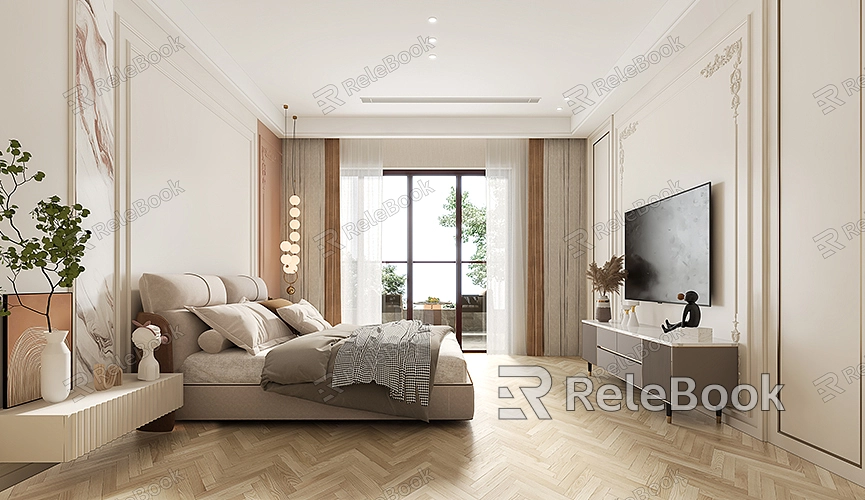How to lower render quality on blender
When performing 3D rendering in Blender, there are times when you may need to lower the render quality to save time or resources. Particularly during the testing phase, low-quality rendering can help you quickly preview effects and make necessary adjustments. This article will detail how to lower render quality in Blender and provide some practical tips to ensure you can efficiently complete your projects.
Why Lower Render Quality?
There are several reasons to lower render quality. Firstly, low-quality rendering can significantly reduce render time, which is crucial for quickly previewing effects. Secondly, in situations with limited hardware resources, low-quality rendering can ease the burden on your computer. Lastly, during extensive testing and adjustments, low-quality rendering can improve workflow efficiency.

Adjusting Render Settings
In Blender, the primary method to lower render quality is by adjusting the render settings. These settings include resolution, sample count, and ray tracing depth, among others. Here are the detailed steps:
Resolution Settings
In Blender's Render panel, you can find the resolution settings option. By default, the resolution is usually set to 1920x1080. To lower render quality, you can reduce the resolution. For example, you can set it to 1280x720 or even lower. This can significantly reduce render time.
Sample Count
Sample count is a key factor that affects both render quality and time. In the Render panel, you can find the sampling settings option. By default, the sample count might be set to 128 or higher. To lower render quality, you can reduce the sample count to 64, 32, or even 16. The lower the sample count, the faster the render speed, though quality will also decrease.
Ray Tracing Depth
Ray tracing depth determines the number of reflections and refractions of light in the scene. In the render settings, you can adjust the maximum ray tracing depth. By default, this value might be set to 8 or higher. To lower render quality, you can reduce this to 4 or lower. This can speed up rendering and reduce computational complexity.
Using Simplified Materials and Textures
In addition to adjusting render settings, you can also lower render quality by using simplified materials and textures. Complex materials and high-resolution textures can increase render time. You can replace them with simpler materials and lower-resolution textures to speed up rendering.
Simplified Materials
In the material settings, you can choose simplified materials. For example, you can use simple diffuse materials instead of complex PBR materials. This can reduce render time while maintaining basic visual effects.
Lower Texture Resolution
High-resolution textures can increase render time. In the texture settings, you can reduce the texture resolution. For example, you can reduce a 4K texture to 2K or even 1K. While detail will be lost, render speed will significantly increase.
Using Viewport Rendering
During testing and previewing, you can use viewport rendering instead of full rendering. Viewport rendering can quickly generate low-quality preview images, helping you check the basic effects of your models and scenes. In Blender, press the `Z` key and select "Rendered" mode to enter viewport rendering.
Lowering render quality in Blender can significantly reduce render time and improve workflow efficiency. By adjusting resolution, sample count, and ray tracing depth, and using simplified materials and low-resolution textures, you can quickly generate preview images and make necessary adjustments. If you need high-quality 3D textures and HDRI or 3D model downloads for your models and virtual scenes, you can download them from Relebook and directly import the textures and 3D models into your project after downloading.

